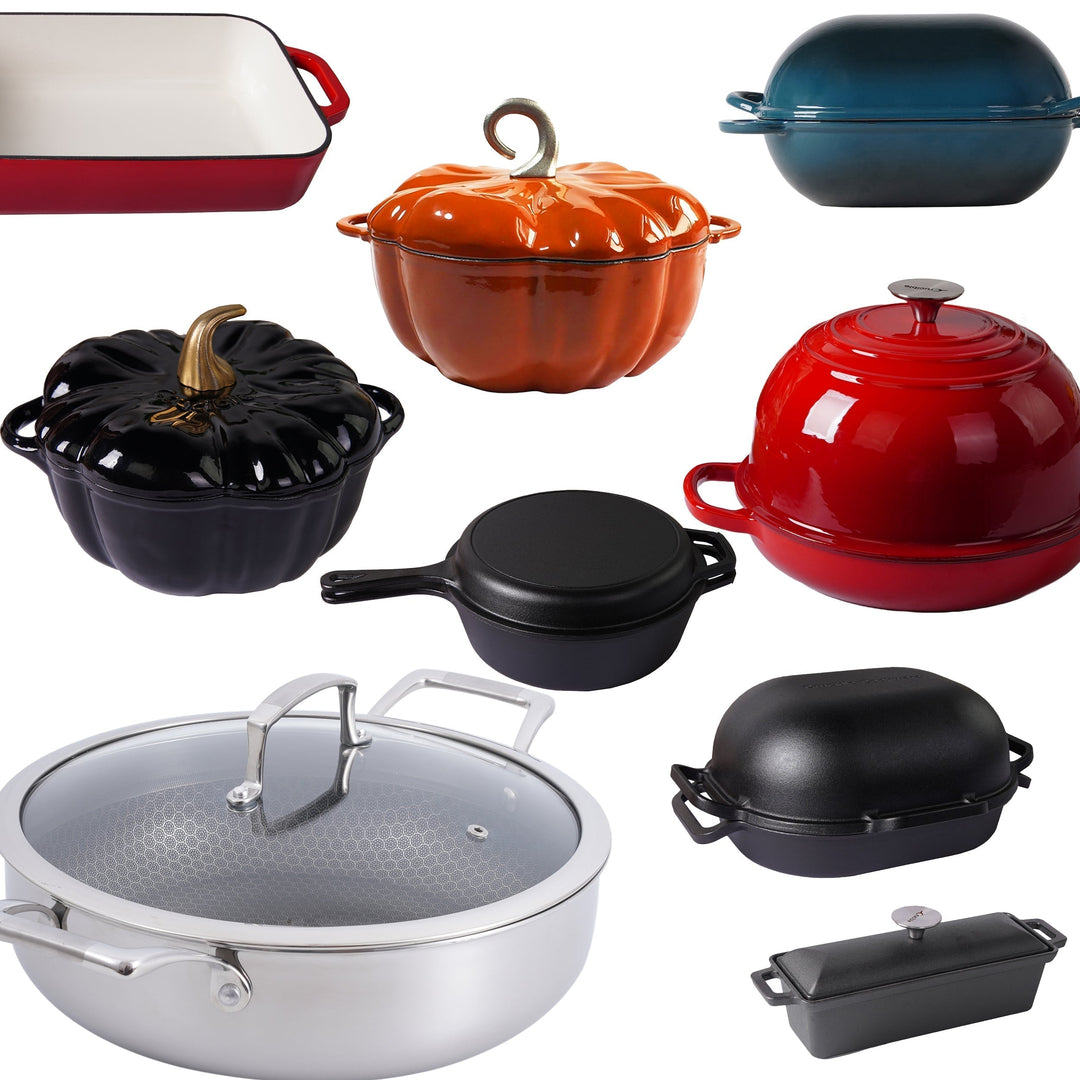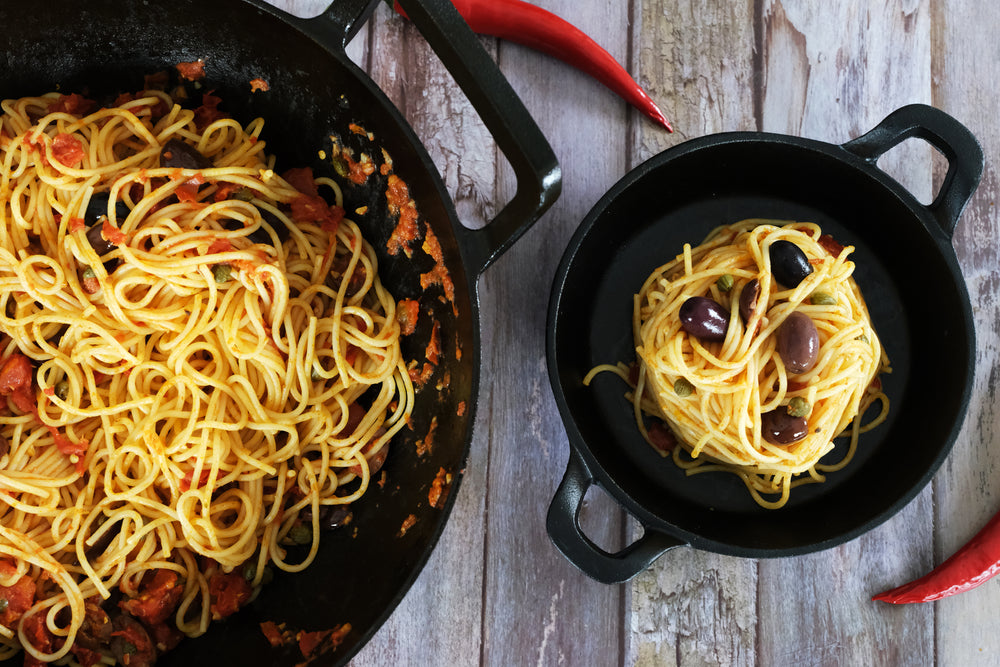Готовка с свежими травами: как улучшить ваши блюда с помощью простых, ароматных ингредиентов

Свежие травы — секретное оружие повара. Хотя они кажутся маленькими и простыми, эти ароматные ингредиенты могут превратить обычные блюда в нечто необыкновенное. Будь то щепотка базилика в пасту или горсть кинзы в салат, свежие травы способны улучшить вкус, добавить свежести и внести яркий цвет в любое блюдо.
Но приготовление с использованием свежих трав — это не просто добавление их в блюда. Существует искусство знать, как и когда их использовать, как хранить и как выращивать самостоятельно. В этом посте мы рассмотрим, как вы можете использовать свежие травы в кулинарии и максимально раскрыть потенциал этих ароматных и универсальных ингредиентов.
Сила свежих трав
Когда речь идет о вкусе, свежие травы — это основной ингредиент для оживления блюд. Их масла более концентрированы, чем у сушеных трав, что означает, что они придают блюдам насыщенный вкус. Свежие травы добавляют сложность, аромат и многослойность вкуса, будь то в качестве гарнира или при приготовлении блюда. Вот почему свежие травы так ценны:
-
Вкус: Свежие травы обладают непревзойденной способностью добавлять глубину и свежесть, делая ваши блюда яркими на вкус.
-
Цвет: Они не только придают блюдам отличный вкус, но и улучшают их визуальную привлекательность насыщенными зелеными и пурпурными оттенками.
-
Польза для здоровья: Многие травы обладают лечебными свойствами, предлагая противовоспалительные, антиоксидантные и улучшающие пищеварение эффекты, что делает их питательным дополнением к любому блюду.
Травы, которые должен иметь каждый домашний повар
Хотя существует сотни трав на выбор, есть несколько ключевых трав, которые должны быть в каждом домашнем хозяйстве. Эти травы универсальны, просты в использовании и могут дополнить разнообразные блюда.
1. Базилик
Базилик ассоциируется с итальянской кухней, особенно в таких блюдах, как паста, пицца и песто. Его сладкий, слегка перечный вкус идеально подходит для добавления в блюда на основе томатов, салаты и сэндвичи. Вы также можете использовать его для украшения таких блюд, как салаты капрезе, или смешивать его в песто для ароматного акцента.

2. Кинза
Кинза широко используется в мексиканской, индийской и тайской кухнях. Ее свежий, цитрусовый вкус придает остроту сальсам, карри, тако и супам. Если вы готовите с кинзой, лучше использовать листья для украшения или добавлять их в конце, чтобы сохранить их нежный вкус.

3. Петрушка
Петрушка часто воспринимается как гарнир, но это гораздо больше. Эта трава имеет свежий, мягкий вкус, который подходит почти для любой кухни. Используйте ее в супах, салатах, заправках или как топпинг для запеченного мяса и овощей. Обычно используют как кудрявую, так и плоскую петрушку, но плоская петрушка обычно имеет более насыщенный вкус.

4. Розмарин
Розмарин — это крепкая трава, которая хорошо сочетается с мясом, таким как ягненок, курица и говядина. Его сосновый, древесный вкус также отлично подходит для картофеля, запеченных овощей и хлеба. Вы даже можете настоять масла и масла с розмарином для дополнительного аромата.

5. Тимьян
Нежный земляной вкус тимьяна делает его отличным выбором для широкого спектра пикантных блюд. Он особенно эффективен в супах, тушеных блюдах, запеченном мясе и овощах. Можно использовать как свежий, так и сушеный тимьян, но свежий тимьян придает более нежный вкус.

6. Мята
Мята — это не только для десертов или коктейлей! Эта прохладная, освежающая трава отлично подходит и для соленых блюд. Добавляйте ее в табуле, йогуртовые соусы или салаты, или используйте для украшения блюд из ягненка и курицы. Также можно заваривать ее в освежающий чай.

Как включить свежие травы в ваше приготовление
Знание того, как использовать свежие травы на кухне, важно для максимального раскрытия их вкуса. Вот несколько креативных способов включить травы в ваши блюда:
1. Добавляйте травы в нужное время
При приготовлении с травами важно знать, когда их добавлять. Нежные травы, такие как базилик, петрушка и кинза, следует добавлять ближе к концу приготовления или использовать как гарнир, чтобы сохранить их свежий вкус. С другой стороны, более крепкие травы, такие как розмарин, тимьян и орегано, выдерживают более длительное приготовление и должны добавляться раньше, чтобы успеть раскрыть свои ароматы.
2. Готовьте масла и масла с травами
Вы можете легко настоять масла и масла с травами, чтобы добавить вкус вашим блюдам. Например, попробуйте приготовить оливковое масло с розмарином для поливки запеченных овощей или пасты, или чесночное масло с травами для гриля мяса, намазывания на хлеб или подачи к стейкам. Это простой способ включить травы в ваши блюда.
3. Используйте травы в соусах, заправках и маринадах
Свежие травы идеально подходят для добавления вкуса в заправки для салатов, маринады и соусы. Простое сочетание оливкового масла, лимонного сока, чеснока и нарезанных трав может стать ароматным маринадом для мяса и овощей. Свежие травы также можно смешивать с кремовыми заправками или добавлять в salsa verde для дополнительного вкуса.
4. Создавайте блюда с акцентом на травы
Иногда лучший способ использовать свежие травы — позволить им сиять как основному ингредиенту. Рассмотрите возможность приготовления салата из трав с миксом свежих трав, таких как петрушка, мята и кинза, или приготовьте рыбу в травяной корочке или курицу, смешав травы с панировочными сухарями и пармезаном для ароматной корочки. Травы, такие как базилик и орегано, также могут стать звездой домашнего песто.
Как хранить и сохранять свежие травы
Свежие травы нежные и быстро портятся, поэтому важно знать, как правильно их хранить. Вот несколько советов, как сохранить их свежими:
1. Хранение в холодильнике (для крепких трав)
Более крепкие травы, такие как розмарин, тимьян и шалфей, следует хранить в холодильнике. Оберните их влажным бумажным полотенцем и поместите в пластиковый пакет или герметичный контейнер, чтобы сохранить свежесть до недели.
2. Хранение в воде (для мягких трав)
Мягкие травы, такие как базилик, кинза и петрушка, можно хранить в банке с водой, как букет цветов. Просто поместите стебли в банку с примерно дюймом воды, слегка накройте листья полиэтиленовым пакетом и храните на столе или в холодильнике.
3. Заморозка трав
Если у вас слишком много свежих трав, их можно заморозить. Нарежьте травы и поместите их в форму для льда, заполнив ячейки водой или оливковым маслом. После заморозки выньте кубики и храните их в пластиковом пакете для удобного доступа. Также можно замораживать целые веточки таких трав, как розмарин и тимьян.
Выращивание собственного сада с травами
Даже если у вас нет «зеленого пальца», выращивание собственных трав — это достижимый и приятный опыт. Свежие травы можно выращивать в помещении в небольших горшках на подоконнике или в саду на улице, и они требуют очень мало ухода. Вот как начать:
1. Начните с малого
Начните с нескольких легко выращиваемых трав, таких как базилик, мята и петрушка. Эти травы хорошо растут в различных условиях и быстро развиваются, даже в небольших пространствах.
2. Выберите правильное место
Если вы выращиваете травы в помещении, разместите их рядом с солнечным подоконником, где они будут получать достаточно света. Сад с травами на улице должен находиться в месте, где есть как минимум 6 часов солнечного света в день.
3. Поливайте регулярно
Травы нуждаются в регулярном поливе, но им также не нравится застаивание воды в почве. Убедитесь, что в горшках есть дренажные отверстия, и поливайте, когда почва становится сухой на ощупь.
Заключительные мысли
Готовка со свежими травами — это простой и эффективный способ улучшить вкус ваших блюд и добавить яркие краски на тарелки. Независимо от того, используете ли вы их для украшения блюда, создания ароматного маринада или приготовления травяного соуса, эти простые ингредиенты действительно могут преобразить ваш подход к готовке и наслаждению едой.
Выращивая собственный сад с травами и используя их в кулинарии, вы получите доступ к богатству вкусов прямо у себя под рукой. В следующий раз, когда будете готовить, подумайте о волшебстве, которое свежие травы могут привнести в ваши блюда, и экспериментируйте с разнообразием их вкусов!
















Оставить комментарий